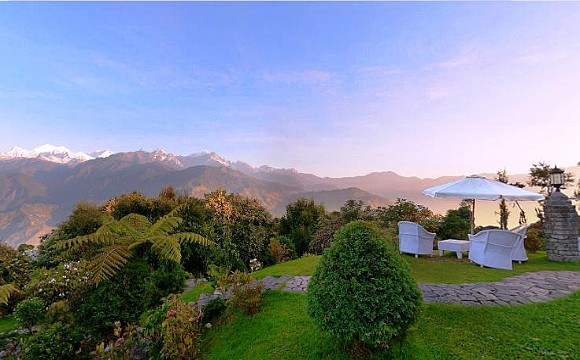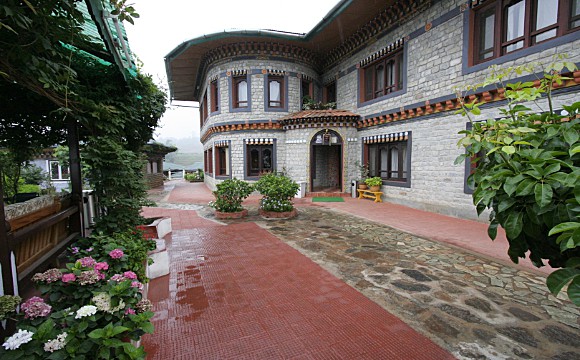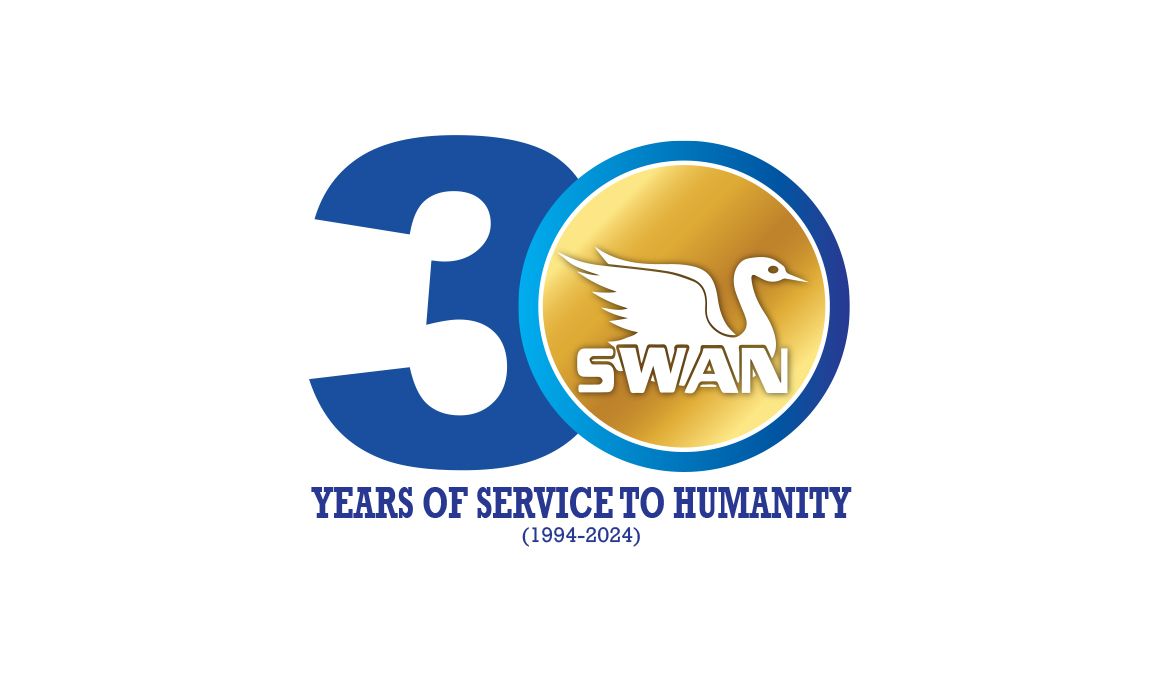Bhutan with Darjeeling, Sikkim, and Kazirang NP
Bhutan Bhutan is a country nestled in the eastern Himalayas. It is a land of superlatives, the last surviving example of a Tibetan Buddhist Kingdom that proudly guard and treasures its cultural and natural heritage. Blessed with a tiny population and steep inaccessible valleys and rolling hills and towering crags,... More
Bhutan
Bhutan is a country nestled in the eastern Himalayas. It is a land of superlatives, the last surviving example of a Tibetan Buddhist Kingdom that proudly guard and treasures its cultural and natural heritage. Blessed with a tiny population and steep inaccessible valleys and rolling hills and towering crags, with only small patches of cultivation., it holds fabulous pristine forest that are almost entirely untouched and full of wild lives.
Bhutan is not an ordinary place. It has one foot in the past and one in the future. The country has only opened its doors to foreigners quite recently, and although it does so with outstanding hospitality, it is not without some reserve, wishing to avoid the negative side-effects of uncontrolled tourism apparent in other developing nations. Number of visitors is restricted to a strict quota and the government imposes a fixed and very high daily tariff. The visitors will be enlivened by a series of splendid and impressive Dhonz (fortress & monasteries) that usually occupy eagle nest locations of strategic importance. The Bhutanese people still dress in traditional garb and their customs and lifestyles are preserved with enthusiasm and pride. All these factors combine to make this country one of the most rewarding and thrilling culture & nature tour destinations available today.
Darjeeling | Sikkim
The north-eastern Indian Himalayan enclave of the state of Sikkim and the district of Darjeeling lie tucked between eastern Nepal and western Bhutan. A one-hour’s domestic flight from Kolkata to Bagdogra will take you close to the eastern border of Nepal & southern border of Bhutan after which a surface transfer between 3and 4 hours is required to get to Darjeeling.
Darjeeling and its district, the Autonomous Darjeeling Gorkha Hill Council of West Bengal, has seen its historical development in another unique fashion. Vied by the British conquistadors in the early nineteenth century, it was confiscated from Sikkim and developed as a summer resort for the British rulers of east India. Here one will find relics of the British Raj in quaint English country cottages and bungalows, steeple churches and buildings amidst wafts of cool mountain breeze.
Sikkim is unique as being a rare stronghold of the Nyingmapa sect of Tibetan Buddhism for this is where they took shelter and propagated their faith following persecution in Tibet hundreds of years before. Until its official merger with India in 1975, Sikkim was a Buddhist kingdom under a Nyingmapa ruler for over three hundred years. In witness to the fact, more than two hundred monasteries can be found around this tiny Himalayan state.
Till the 17th century, Sikkim was inhabited by the Lepcha, the aborigines of Sikkim, having cultural and linguistic affinities with the tribes of Northern Burma. They lived off the natural produces of the earth and practiced animism. They called their land, “Nye Mayel Lyang,” meaning ‘the land of fairies,’ or paradise. From AD 1642 till 1975, Sikkim became a Buddhist kingdom ruled by the Namgyal dynasty who came from Tibet. Thereafter, a peoples revolution demanded merger with the Indian Union, and Sikkim became the 22nd. state of India.
Adding to the grandeur of this region is the mighty Mt. Khangchendzonga range. Standing aloft on the north-western horizon one is able to gaze into probably the most alluring set of mountains in all of the Himalayas; as viewed from the hill tops of Darjeeling district and Sikkim.
Assam Kaziranga National Park
Kaziranga the finest of India’s national parks in Northeast India. Situated on the Brahmaputra River in Assam. Kaziranga has a superb variety of wildlife and is probably the best place in the world to see the endangered Great Indian One-horned Rhinoceros. Kaziranga is also home to the Asian Elephant, wild Water Buffalo, Swamp Deer and the endangered freshwater Ganges River Dolphin and many more.
LessGiving back to the communities is our responsibility!
With every trip, you also support the SWAN and thus projects for Sustainable Community development and Biodiversity protection.
Our primary NGO partner is Social Welfare Association of Nepal (SWAN), with whom we have carried out multiple CSR (Corporate Social Responsibility) projects. Besides carrying out regular CSR activities in the areas of education and women empowerment, we have supported relief and rehabilitation initiatives in the aftermath of several natural disasters like earthquake, immediate response to COVID-19 pandemic across Nepal.
Giving something back to the world is a special and responsible affair of travel-to-nature Asia right from its inception. When you travel with travel-to-nature Asia and SWAN-Nepal, you become an integral force for change in addressing the most pressing social and wildlife conservation issues. Your tourism funds help transform the future of under-privileged and marginalized communities and transform the future of at-risk natural places you travel. Portion of our profit flows to local communities who live with and steward nature, creating jobs and improving livelihoods.
By joining one of our holidays you are playing a vital role in bringing positive changes in the lives of local community.




















































